The very first item in Ruth Ewan’s exhibition at the Camden Arts Centre is missing when I visit on the Sunday after it opened. In Back to the Fields, Ewan has represented the French Republican calendar by placing the object each day is named after in the main gallery. When I ask the attendant where the grape for the first day of Vendémiaire was, she explains that the fresh items in the display need to be replaced regularly and that no one has had a chance to go to the shops yet. Making the shopping list longer, the aubergine and tomato for the 26th and 28th days of the month are also missing, as are most of the other fruit and vegetables required for the show.
Ruth Ewan has been making exhibitions about revolutionary moments and grass-roots political movements for nearly a decade. She has produced recordings of 16th-century protest songs against land enclosure (The Rebel’s Complaint, 2006) and scripted lessons from early 20th-century socialist Sunday schools into theatre (A Child’s Catechism, 2009). Back to the Fields is Ewan’s second work about the French revolution. At the Folkestone Triennial in 2011, she placed 10 decimal clocks around the town in an installation called We Could Have Been Anything That We Wanted To Be. One of these clocks hangs in the entrance to the current exhibition.
While decimal French revolutionary time lasted only 17 months (from 1793–95), the calendar approved by the decree of the National Convention on 24th October 1793 (backdated to begin on 22 September 1792) remained in operation until 1 January 1806. Two mathematicians decided on the time divisions and the poet Fabre d’Eglantine named the months after natural phenomena. Each of the 360 days was later named after a plant, domestic animal or agricultural tool, with the five left over days declared special ‘Sansculottides’ holidays.
But in Camden Arts Centre, on what would have been the 13th day of Pluviôse in the year 223, the neatly laid out, carefully labelled calendar of objects has the amiable air of a modest garden centre crossed with a harvest festival display. It’s an absorbing show to walk round and examine, but is it anything more than a charming tribute to a failed experiment and an interesting way to acquire some abstruse French vocabulary? Perhaps the only two dates anyone still remembers from the calendar are the 9th of Thermidor, the day of Robespierre’s fall in 1793, and the 18th of Brumaire, the day in 1799 on which Napoleon seized power and ended the revolution.
Paradoxically, Ewan mostly avoids the whimsy trap by drawing attention to the improvised ingenuity of the objects arranged on the parquet floor. The pot plants are still in their plastic containers; the antiquated garden machinery is impressively rusty; and domestic animals are represented by cryptic visual clues – a tangle of branches and moss that turns out to be an otterless otter den is particularly intriguing in the pristine white gallery.
‘Ruth Ewan: Back to the Fields’ is at the Camden Arts Centre, London, until 29 March.
Unlimited access from just $16 every 3 months
Subscribe to get unlimited and exclusive access to the top art stories, interviews and exhibition reviews.

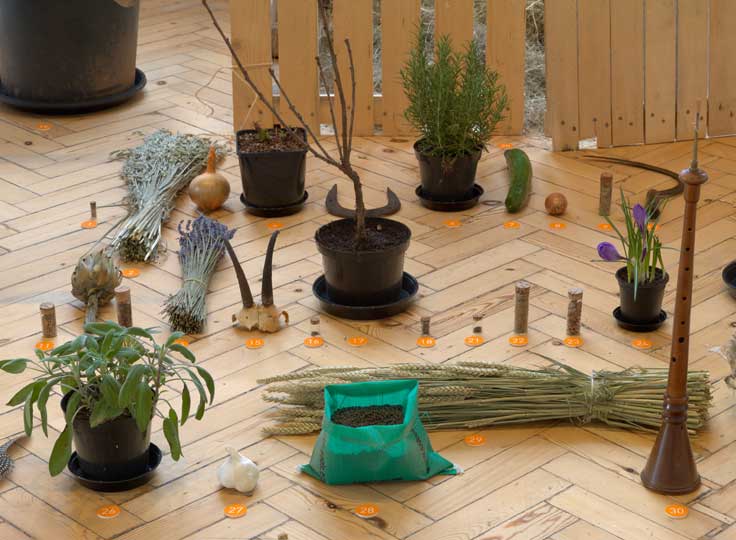
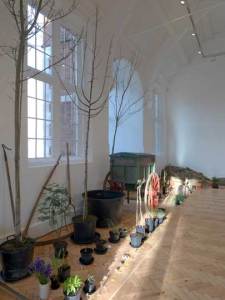
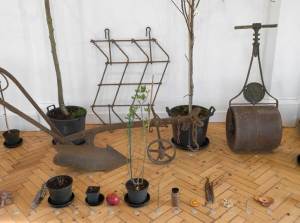
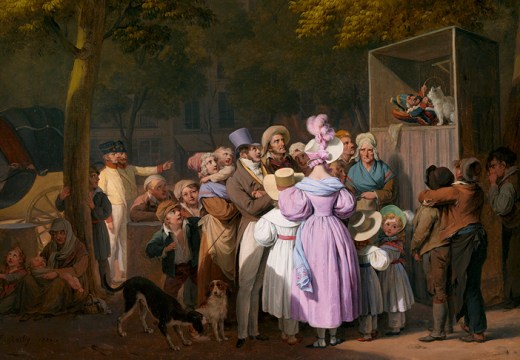

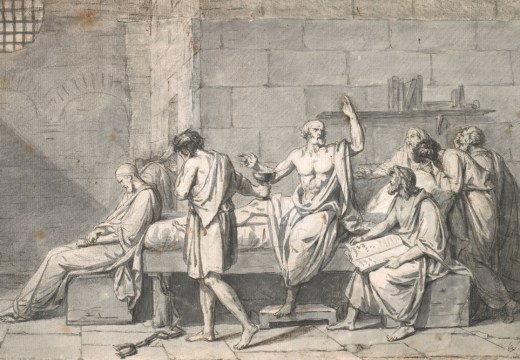









![Masterpiece [Re]discovery 2022. Photo: Ben Fisher Photography, courtesy of Masterpiece London](http://www.apollo-magazine.com/wp-content/uploads/2022/07/MPL2022_4263.jpg)
Has the Fitzwilliam lost the hang of things?